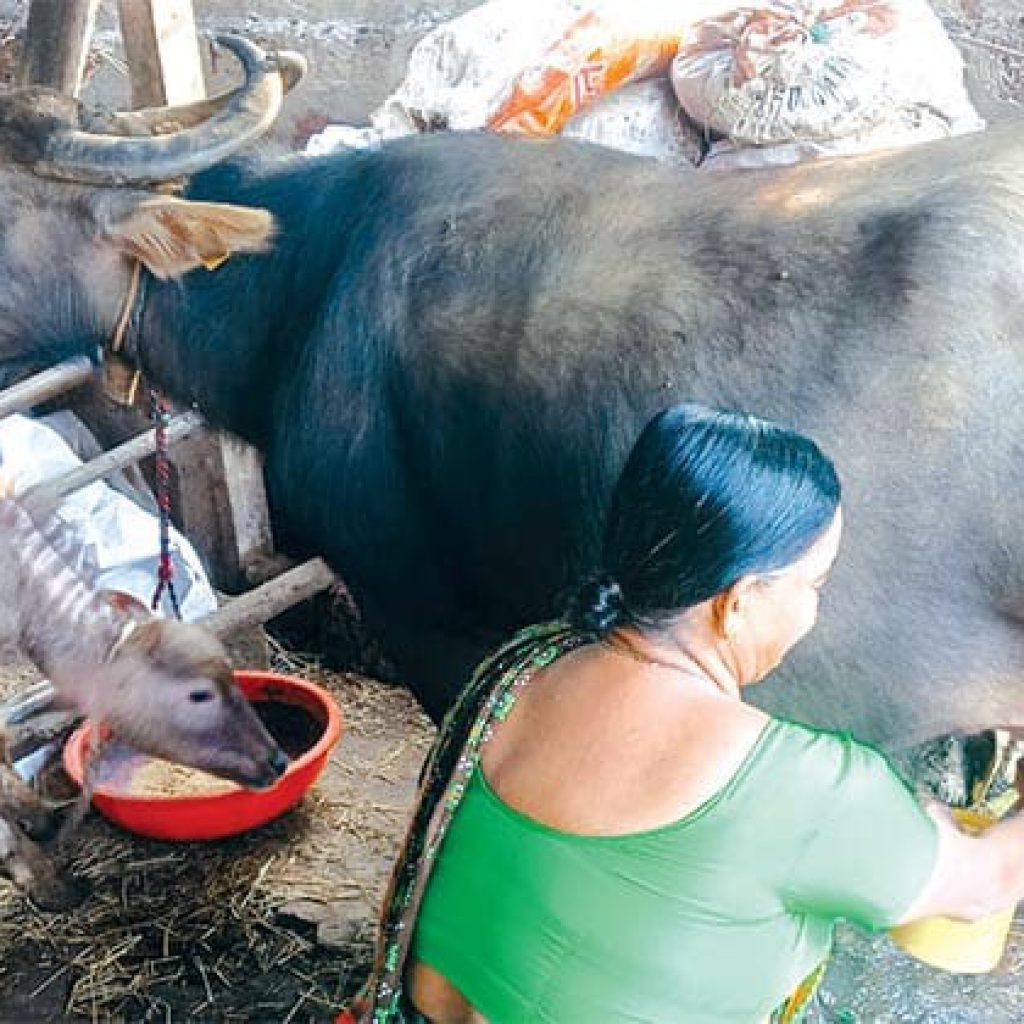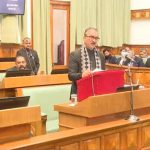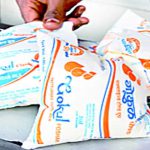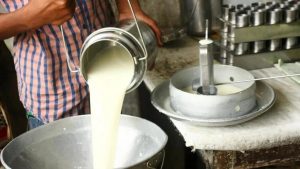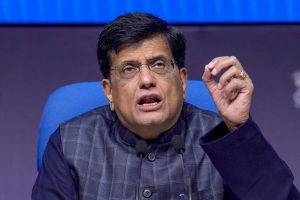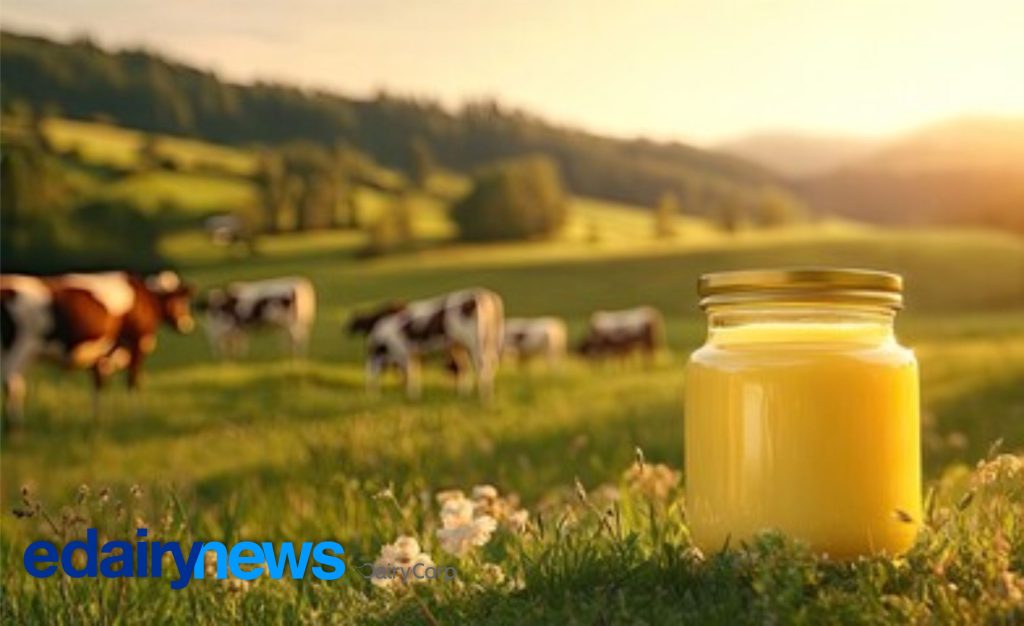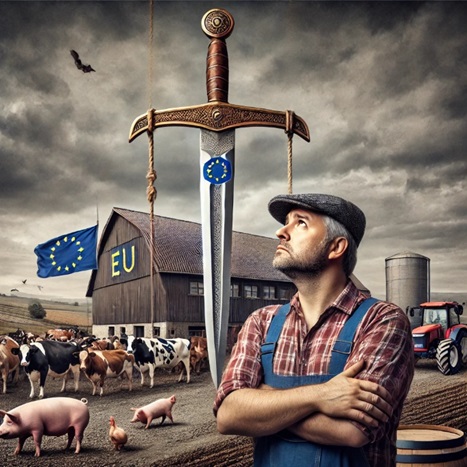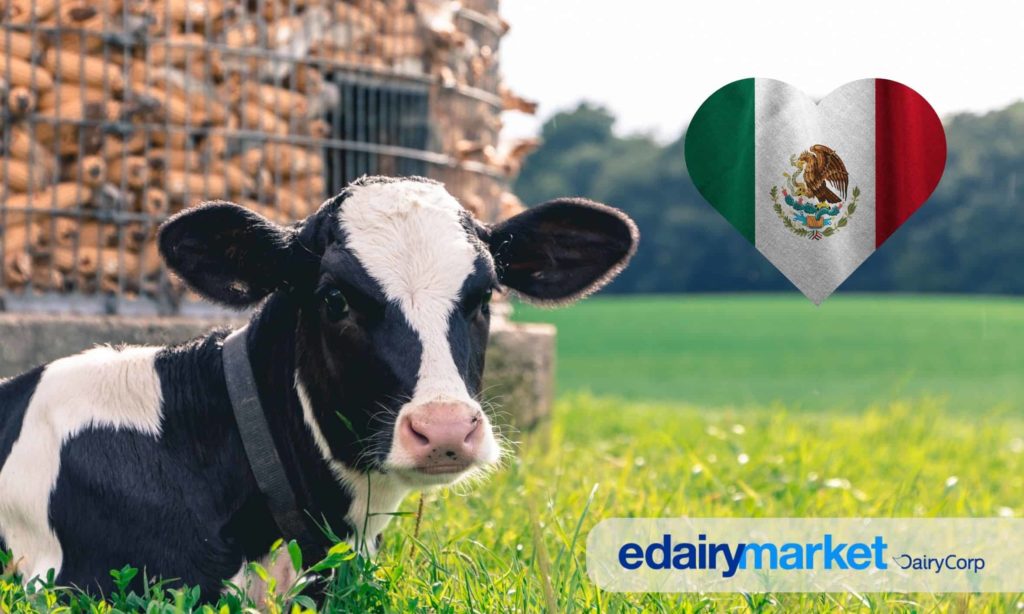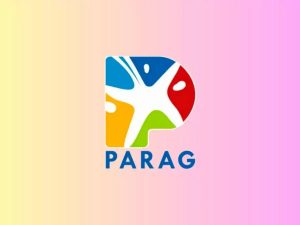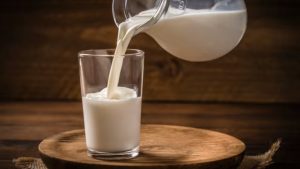
Prasad’s dedication to his caattle and his crops embodies the spirit of Goan farmers, who persevere against all odds, in the face of adversity.
Mayem: In Mayem village, the Wadkar family’s farming journey is a tale of grit, with Prasad Wadkar, 38, at its helm. Prasad found himself thrust into the world of agriculture at the tender age of 12, following the passing of his grandfather and his father’s heart ailment. With no other option but to provide for his family, Prasad took up the mantle of farming even before he got into his teen years, embarking on a journey that would shape his life.
Prasad’s days began before dawn, as he would head to the fields at 4 am, toiling until sunrise before going home for a quick bath and rushing barefoot to Mahamaya School. “I used to cultivate paddy and study simultaneously. After returning from school in the evening, I would tend to the cattle,” he recalls. Despite his keen interest in education, fate dealt Prasad a cruel blow when a leg injury sidelined him for three years, forcing him to abandon his studies and take to the fields, full-time, to sustain his family.
With little money to spare, Prasad and his family eked out a living by cultivating the Jyoti variety of rice during both rabi and kharif seasons, surviving hand-to-mouth on the meagre proceeds. “There were days when the only food we had was the rice we grew. It was tough as my father was ill, and money was tight,” he says. However, Prasad’s fortunes began to change when he learned of a government-sponsored animal scheme.
With determination, he managed to scrape together some funds and purchased a couple of cows and buffaloes, which he bred to build a thriving herd, venturing into the lucrative business of milk production.
Yet, the path to success was fraught with challenges. March, April, and May brought the perennial struggle of safeguarding their cattle from wreaking havoc on neighbouring cashew plantations and rice crops. “During these months, we resort to tethering them in an open field, and feeding them with nutritious fodder,” he adds. Despite the hardships, Prasad remained steadfast, recognising the invaluable role his animals played in their livelihood. “Each cow gives us an average of six litres each day,” he says proudly.
In addition to dairy farming, Prasad’s family also relied on traditional practices, with his wife Swati and mother Mohini making cow dung cakes for fuel and to fertilise their fields. However, the dwindling profitability of dairy farming cast a shadow over their endeavours.
Grappling with the harsh reality of plummeting milk prices and rising feed costs, with the Goa Dairy failing to provide adequate support to local farmers, Prasad says, “Ninety per cent of dairy farmers in Goa of the old days have given up the traditional occupation as it does not generate a good income. The government needs to raise the procurement price of milk so such small-scale farmers do not die out.”
